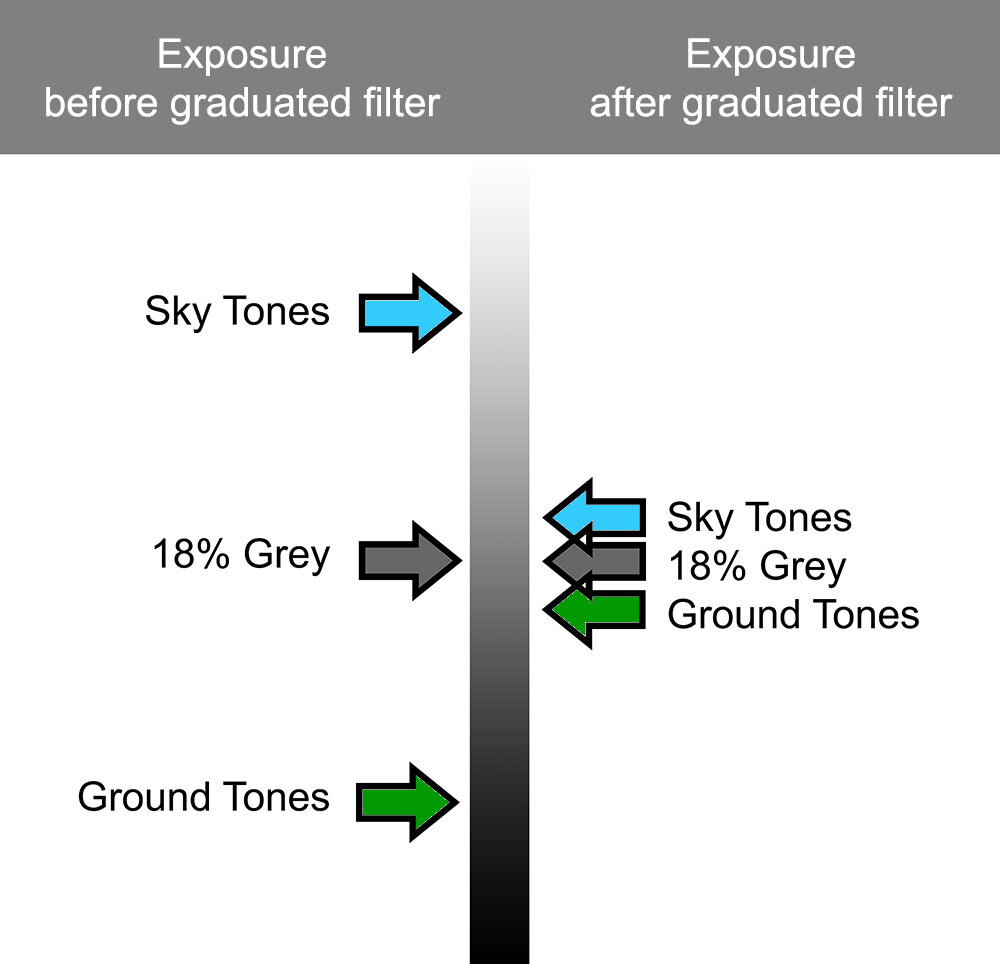The Contax 645 system is now a very desirable medium format film camera. Specifically for the beautiful bokeh from its lenses, but also, because it is possible to get some digital backs to work with it also.
But it’s an old system, built in the 90’s, and it’s been pretty difficult to find an L-bracket to fit it since RRS stopped making their one for it a long time ago.
Just this week I noticed that Arca-Swiss have an L-bracket that is compatible with Mamiya 645 and also Phase One. I know that the base plate of the Mamiya 645 is the same as the Contax, so I took a gamble and bought the L-bracket from Arca-Swiss. It has the same two pin holes to make sure the base plate does not swivel, and this is the same dimensions for all 3 manufacturers.
The braket fits the body and does not swivel. There are two small issues: the screw for fixing it onto the body is a larger thread than the Contax. I found that using an RSS allen key screw as an alternative, bolts the clamp to the body without any side effects. Perfectly.
The 2nd issue is not so easy, and that is that the film dark slide is difficult to get out of the film back because the L-bracket overhangs it by about 1 mm.
I took the bracket down to Timpson’s key cutters today, and they shaved 1mm off the bracket to allow me to access the dark slide. Sorted.
So… if you’re one of those very lucky people who have a Contax 645, and always wanted an L-bracket for it, then the Arca-Swiss bracket for the Mamiay 645/Phase One 645 is your best bet. Be prepared to get someone to file off a bit of the plate, as you can see below (the silver part of the bracket was filed down).
Note the silver around the Arca plate : that is where the machinist took a few mm off. He got it wrong the first time and shaved a bit off the top of the plate, but it’s the right hand side bit where the dark slide slots in that needed to be removed a little.






























